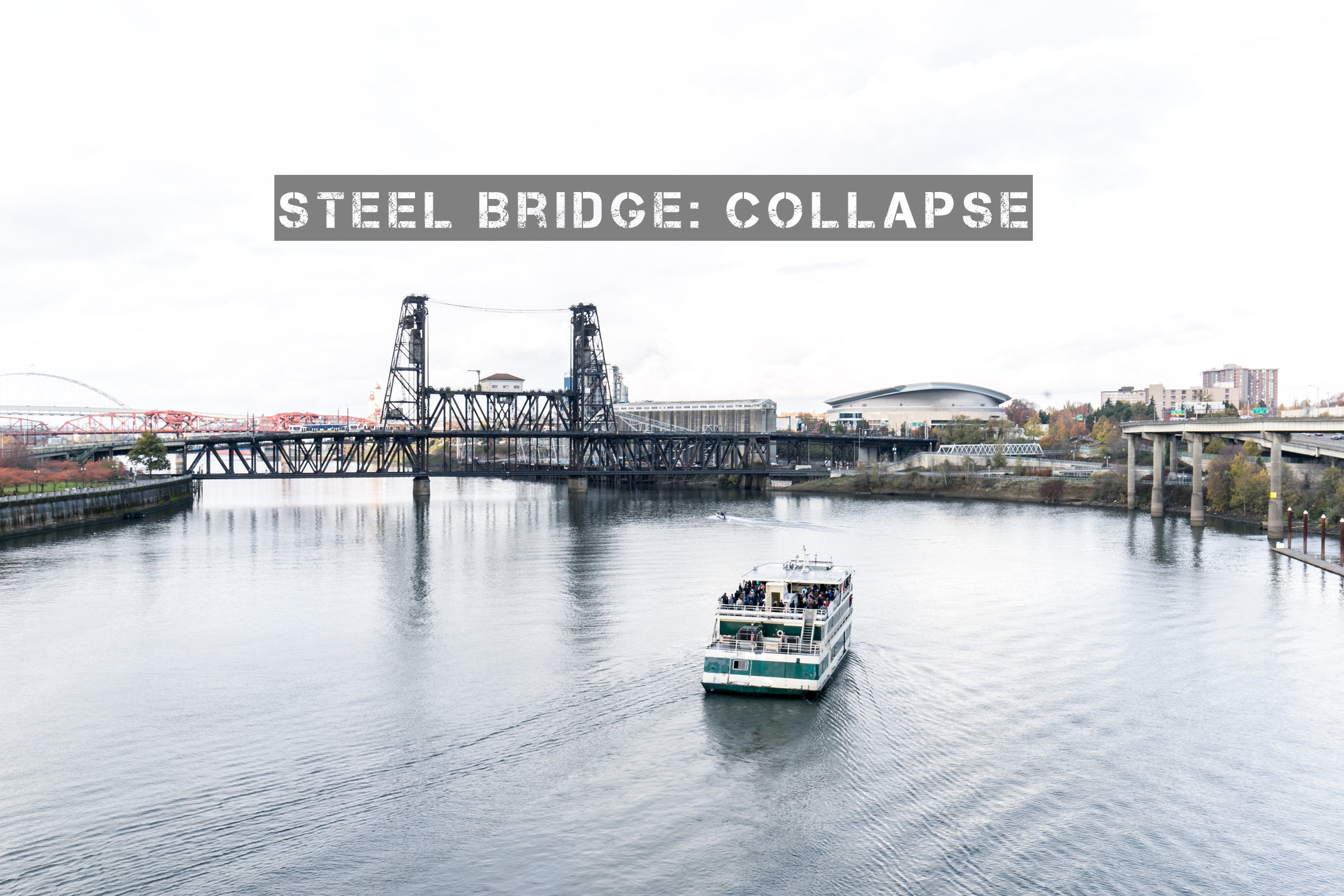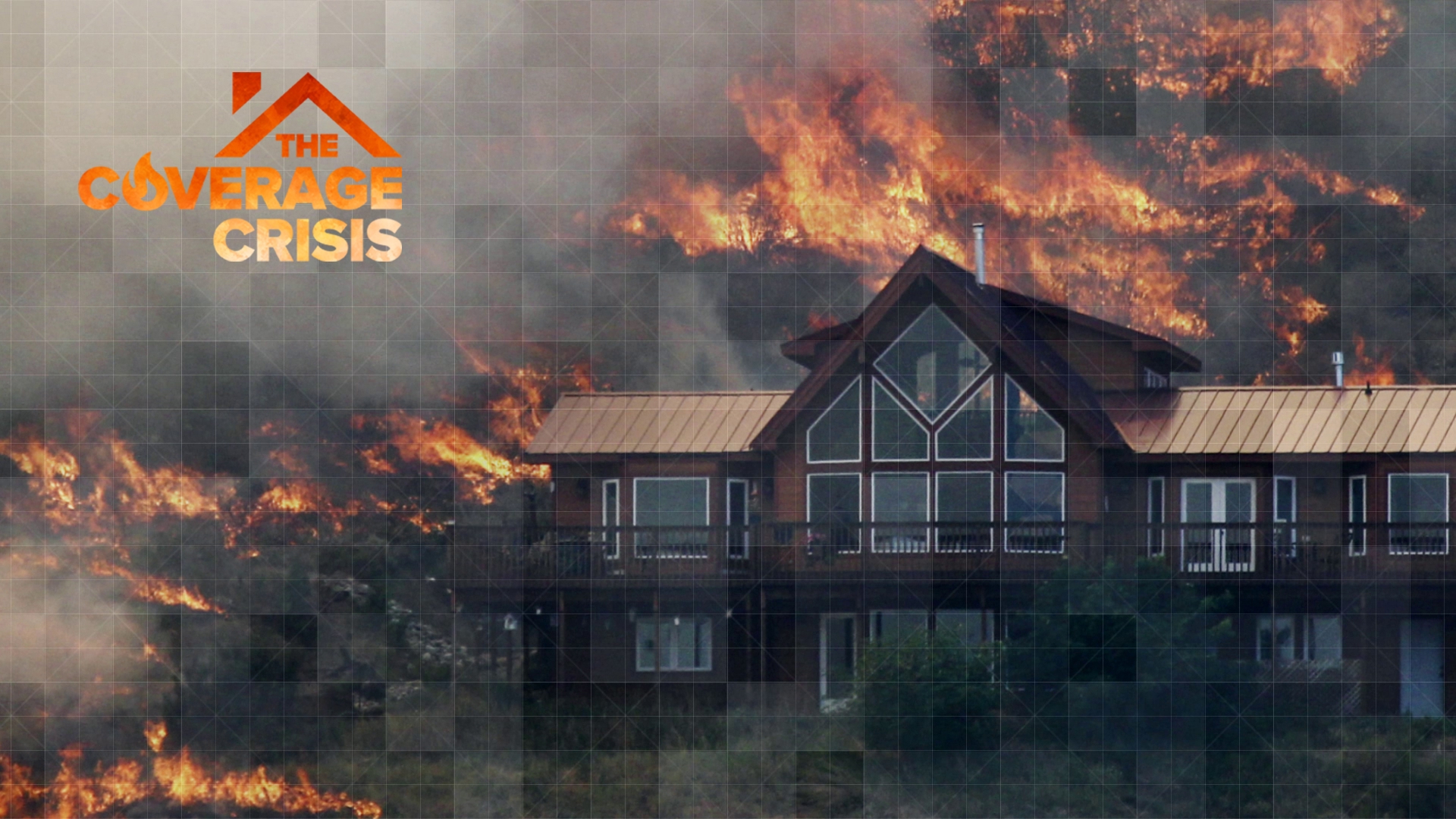How would Portland-area bridges fare in a magnitude 8 or 9 Cascadia Subduction Zone earthquake?
Based on various government reports, here’s a summary:
Broadway Bridge: Collapse
Bridge could fall from its supports. Piers and columns could fail.
View post on imgur.com Burnside Bridge: Extensive Damage
Bridge could fall from supports. Piers and columns could fail.
View post on imgur.com Fremont Bridge: Moderate Damage
Fairly resistant due to design style. Approaches could collapse.
View post on imgur.com Glenn Jackson Bridge: Moderate Damage
Built very close to current code. Designed for seismic activity.
View post on imgur.com Hawthorne Bridge: Collapse
Deck surface could slide off pier. Counterweights create risk.
View post on imgur.com Interstate Bridges: Collapse
Counterweights make this bridge vulnerable. Approaches could fail due to liquefaction.
View post on imgur.com Marquam Bridge: Moderate Damage
Cables and restraints help tether deck to columns. Liquefaction could put approaches at risk.
View post on imgur.com Morrison Bridge: Extensive Damage
Could have column failure. Approaches are at risk.
View post on imgur.com Ross Island Bridge: Collapse
Highly vulnerable to shaking. Won’t flex, likely to crumble.
View post on imgur.com Sauvie Island Bridge: Minor Damage
Constructed in 2008 under modern seismic design requirements.
View post on imgur.com Sellwood Bridge: Minor Damage
Built to high standards for seismic resiliency.
View post on imgur.com St. Johns Bridge: Extensive Damage
Approaches are very vulnerable to major damage or collapse.
View post on imgur.com Steel Bridge: Collapse
Counterweights and design put this bridge at great risk.
View post on imgur.com Tilikum Crossing: Minor Damage
Built to high standards for seismic resiliency.


